OPN Architects – 2021
Architectural Excellence in Fire Station Design
Nestled in Marion, United States, the Marion Fire Station No. 1, designed by OPN Architects, stands as a testament to innovative and thoughtful design in the realm of fire station architecture. Covering an expansive area of 21,214 square meters, this two-level fire station not only prioritizes efficiency in response time but also embraces biophilic design principles to foster the well-being of its firefighting personnel.
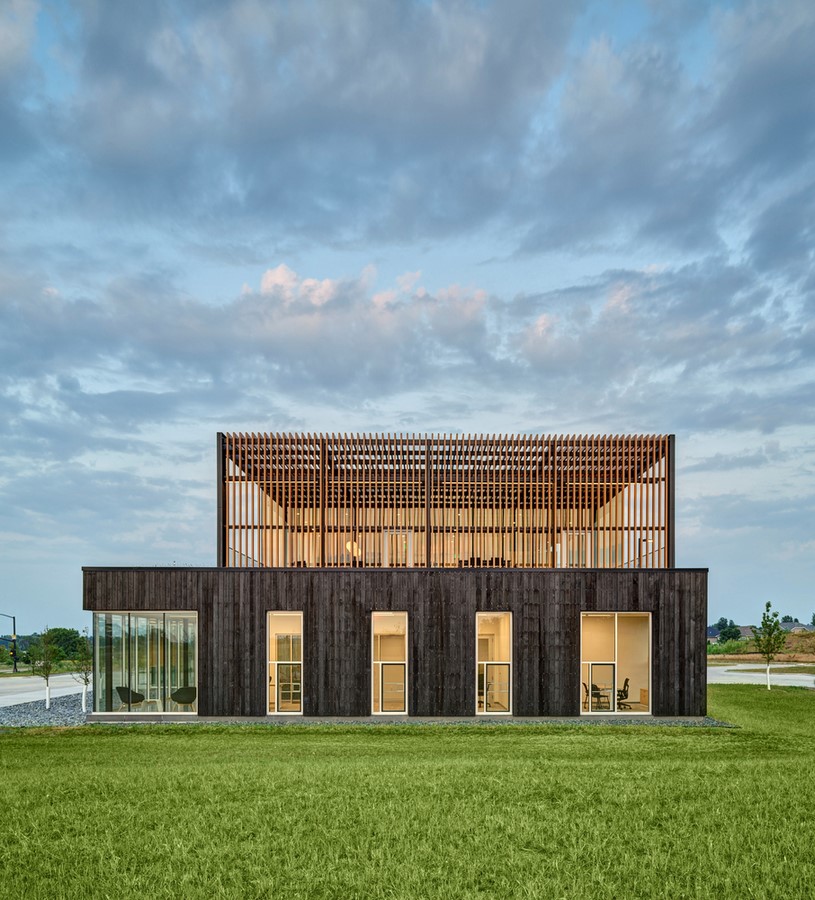
Architectural Highlights
Anchoring Presence: The Apparatus Bay
At the heart of the fire station lies a two-story apparatus bay, strategically designed to serve as the anchor for both the plan and massing of the structure. Full-height glass doors on the north and south elevation not only maximize daylight intake but also establish a strong connection with the community. The incorporation of shou sugi ban wood, charred using controlled fire, wraps around living and office spaces, introducing depth, texture, and a compelling contrast with the sleek glass plane. Two ipe wood terraces, sheltered by a roof and wall trellis, complement interior spaces, while a green roof envelops all living areas and sleeping rooms.
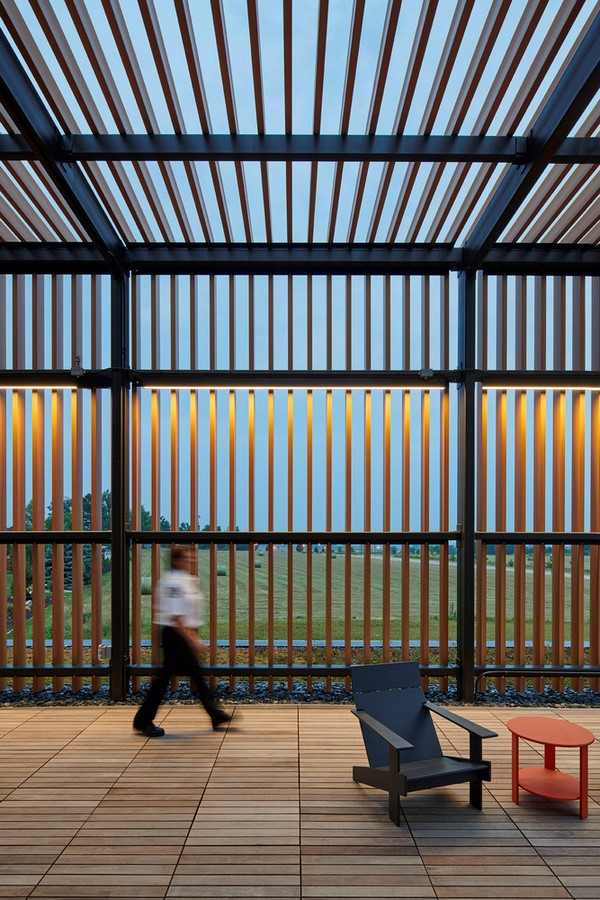
Welcoming Lobby: Connecting Heritage and Nature
The lobby, expanded to serve as the primary first-level circulation space, seamlessly connects a tree grove and a history wall. This well-lit, welcoming area offers direct views into the apparatus bay and proudly showcases the fire department’s rich history, tradition, and pride.
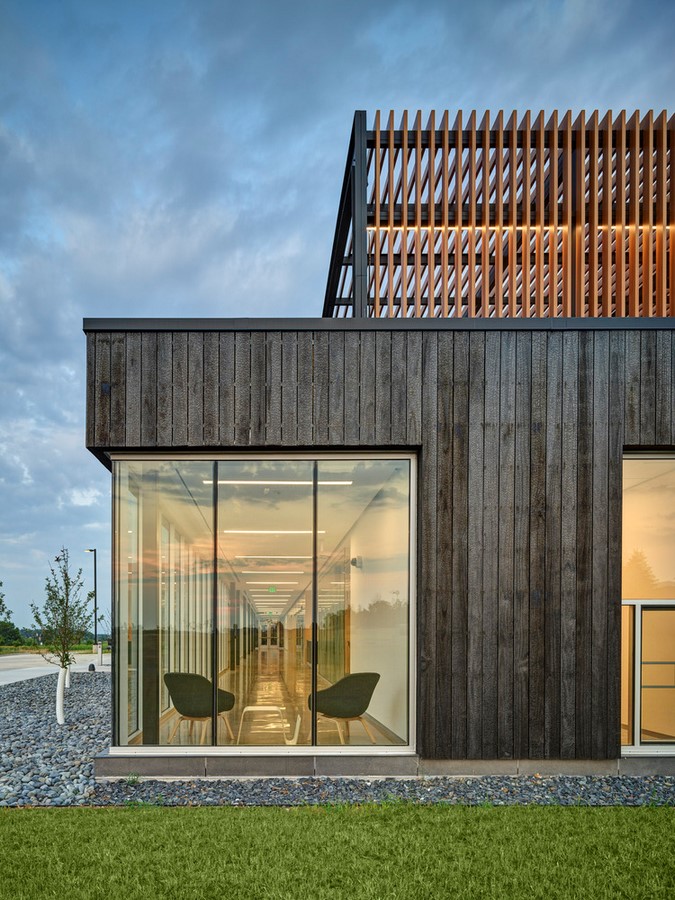
Strategic Spatial Sequencing: Ensuring Firefighter Health
Strategic spatial planning includes a decontamination area strategically placed between the bays and office/living areas to minimize exposure to fire and ash carcinogens, prioritizing the health of firefighters. On the opposite side, the hose-drying tower serves a dual purpose, acting as a training area to simulate rescues. Further training opportunities extend to the exterior, utilizing the retention pond for ice rescue drills.
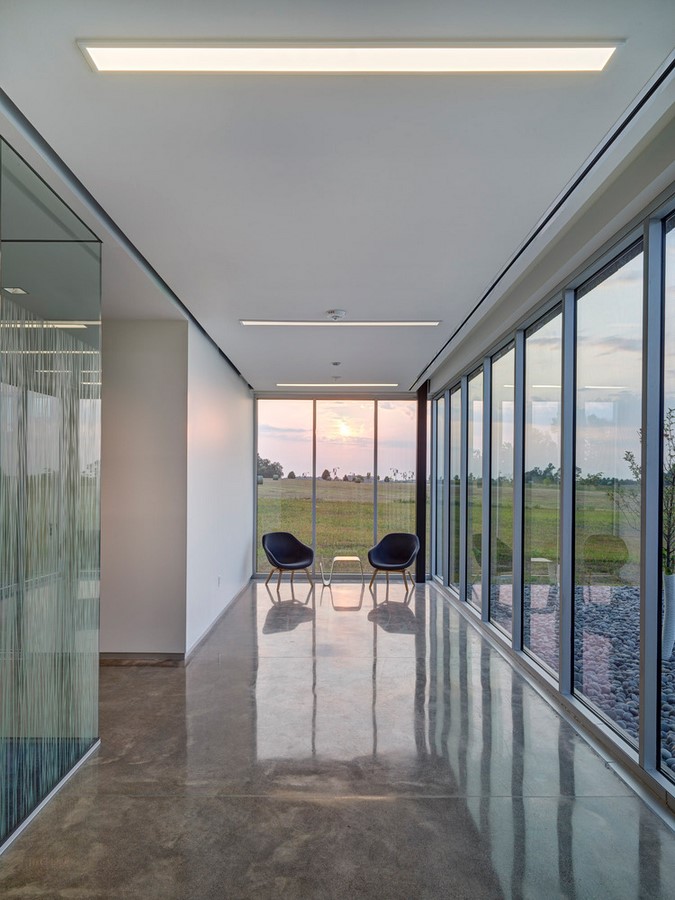
Enhancing Firefighter Well-Being: Living Spaces with Purpose
The living areas, adorned with full-height glazing and exposed wood ceilings, provide a rejuvenating environment. Featuring a full kitchen, a large family-style table, and a dedicated TV and gaming area, these spaces cater to the varied needs of firefighters seeking relaxation. Circadian rhythm-based lighting ensures synchronization with natural light, while escalating alarms are strategically employed to reduce physiological and psychological stress during waking hours.
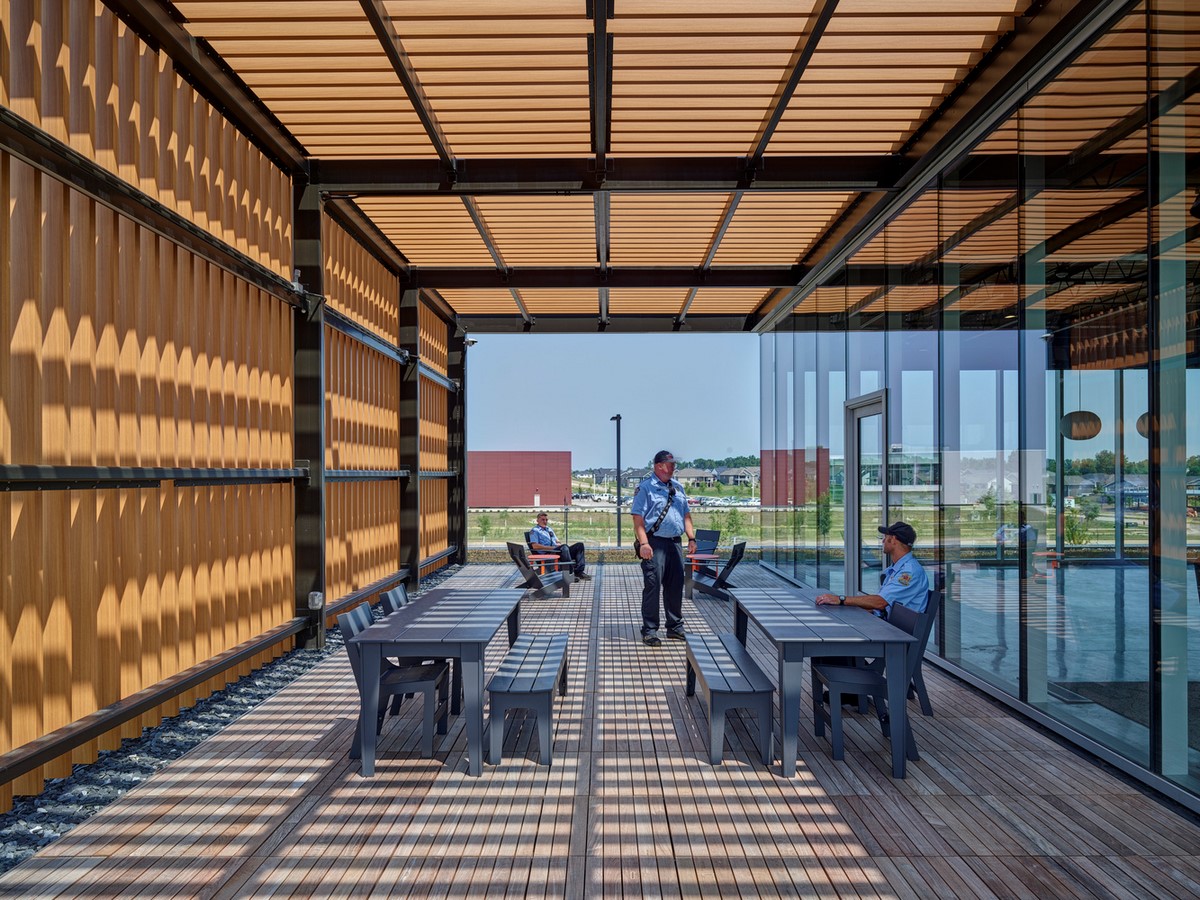
Biophilic Principles in Action: Positive Impact on Well-Being
The incorporation of biophilic principles has yielded profound effects on the well-being of firefighters. Stress reduction, heightened awareness, and improved cognitive abilities are notable outcomes, affirming the success of this design approach.
In conclusion, Marion Fire Station No. 1 not only serves as a cutting-edge facility for efficient emergency response but also exemplifies a commitment to the health and well-being of the firefighting community through meticulous design and integration of biophilic principles.



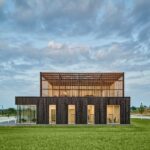
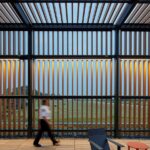
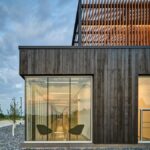

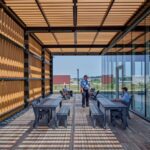
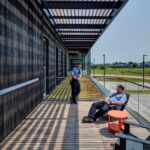
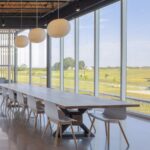
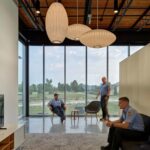
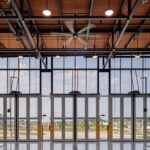
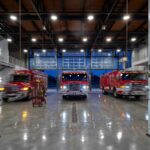
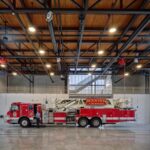
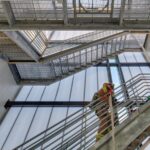
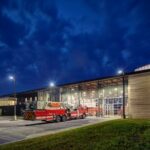
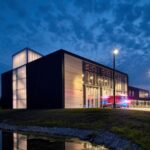
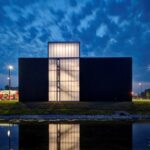
Leave a Reply